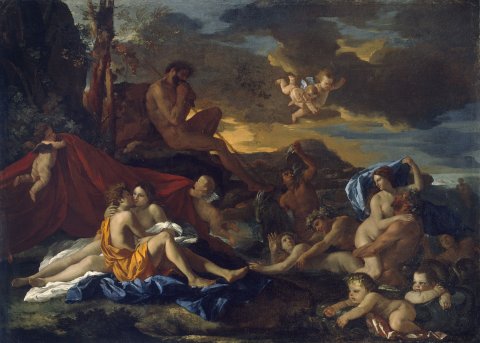We take the semiotic cut here in a sense that is not linguistic (the separation of the sign into a signifier and a signified), but semiological: it's about what in the text makes sense as a cut, signifies the cut between the characters and the code or values to which they are attached.

This cut is not purely technical. It translates into the text the symbolic dimension of the classic screen device, based on interception. Just as in painting the classical scene cuts off a gaze and thereby delimits a scenic space (the restricted space) from which a sense of the scene is constituted, so, in writing, the novel scene defeats discursive logic and cuts off discourse. This cut is linked to the manifestation of a symbolic interdict (for example, the interdict of the gaze, the interdict of desire), this very interdict that the scene transgresses or circumvents.
Critique et théorie
Archive mise à jour depuis 2008
Critique et théorie
Généalogie médiévale des dispositifs
Entre économie et mimésis, l’allégorie du tabernacle
Trois gouttes de sang sur la neige
Iconologie de la fable mystique
La polémique comme monde
Construire Sénèque
Sémiologie classique
De la vie à l’instant
D'un long silence… Cicéron dans la querelle française des inversions (1667-1751)
La scène et le spectre
Dispositifs contemporains
Résistances de l’écran : Derrida avec Mallarmé
La Guerre des mondes, la rencontre impossible
Dispositifs de récit dans Angélique de Robbe-Grillet
Disposition des lieux, déconstruction des visibilités
Physique de la fiction
Critique de l’antimodernité
Mad men, Les Noces de Figaro
Le champ littéraire face à la globalisation de la fiction
Théorie des dispositifs
Image et subversion. Introduction
Image et subversion. Chapitre 4. Les choses et les objets
Image et subversion. Chapitre 5. Narration, récit, fiction. Incarnat blanc et noir
Biopolitique et déconstruction
Biographie, biologie, biopolitique
Flan de la théorie, théorie du flan
Surveiller et punir
Image et événement

